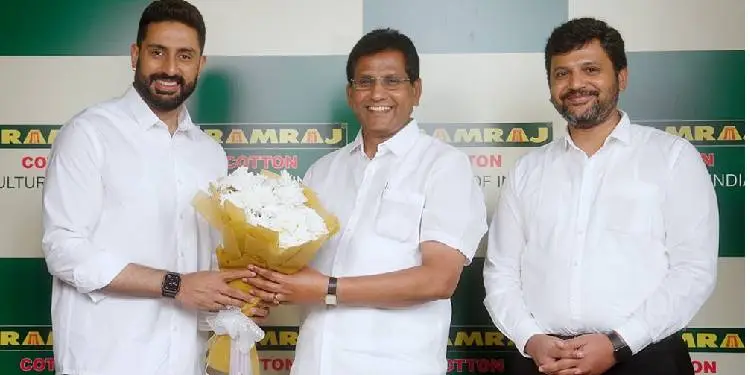Geeta Ben still recalls with a shudder her daily struggle to get water when she married Hasmukh Bhai and shifted to his village Motipura Veda in Gujarat’s Gandhinagar district 22 years ago. She had to make several trips to a tube-well three kilometres away to fetch enough water for her daily needs. Her life and that of 1,000 others in the village changed dramatically when a pipe carrying water from the Narmada river was laid close to the village in 2004. Around the same time, Gujarat’s Water and Sanitation Management Organisation (WASMO) launched an innovative scheme, involving extensive community participation, to supply water to villages. It had been successfully tried out while implementing a project to provide water to the earthquake-hit villages in Bhuj, where civic amenities had been completely destroyed.
WASMO officials told Motipura Veda residents that they would build an elevated storage reservoir, with a capacity of 50,000 litres and costing Rs 16.5 lakh, if villagers agreed to chip in with 10 per cent of the cost. The villagers would decide where the reservoir was to be located, including the pump-house and the underground storage tank. The women of the village pressed the men to cough up the Rs 1.65 lakh village contribution and the reservoir was soon built.
WASMO officials knew that rather than expend manpower and increase costs, the best way to ensure equitable supply to every household and maintain the pipeline was to hand it over to the villagers. “This was true swaraj (self-government) for Motipura villagers. Not only would they decide where the elevated reservoir would come up, but it would also ensure the smooth distribution of water,” says Deepak Ramchandani, chief engineer, WASMO.
WASMO encouraged the villagers to set up a ‘Pani Samiti’. Half its nine members compulsorily had to be women. The Rs 1.65 lakh collected by WASMO was put in as a term deposit in the samiti’s bank account to serve as a corpus for recurring costs. As it turned out, Motipura village decided to elect an all-woman Pani Samiti. The samiti worked out the water tariff for individual houses, which would cover the cost of hiring an operator to manage the water supply at the timings decided by the samiti. The operator would also carry out routine maintenance, including keeping the tank clean and maintaining water purity levels. The Pani Samiti decided that each household would pay an annual tariff of Rs 300 for the water supply. The money would be deposited in the samiti’s bank account and go towards meeting maintenance and operational costs. Meanwhile, the Gujarat government waived the cost of power supply to operate the pumps so that the water charges could become reasonable.
Geeta Ben, who is the convenor of the Motipura Pani Samiti, says the elevated reservoir and piped water supply have transformed the lives of the women in the village. Earlier, her son used to assist her in getting water from the tube-well. Now, he is free to pursue his studies and interests. Geeta Ben’s quest for water has become far simpler. Every morning, she opens the tap in her kitchen and fills 20 pots with water that take care of all her cooking and washing needs for the day, apart from drinking water for the family.
Geeta Ben says that freed from the drudgery of collecting water, she now finds plenty of time to do other household work as well as help her son with his homework. The other womenfolk of the villages recount similar stories. So successful has been the Pani Samiti scheme that as of August 2020, of the 18,191 villages in Gujarat, 17,899, or 98 per cent, have piped water supply managed by the community. The Gujarat model of women’s empowerment through Pani Samitis is worth emulating by the rest of the country.












